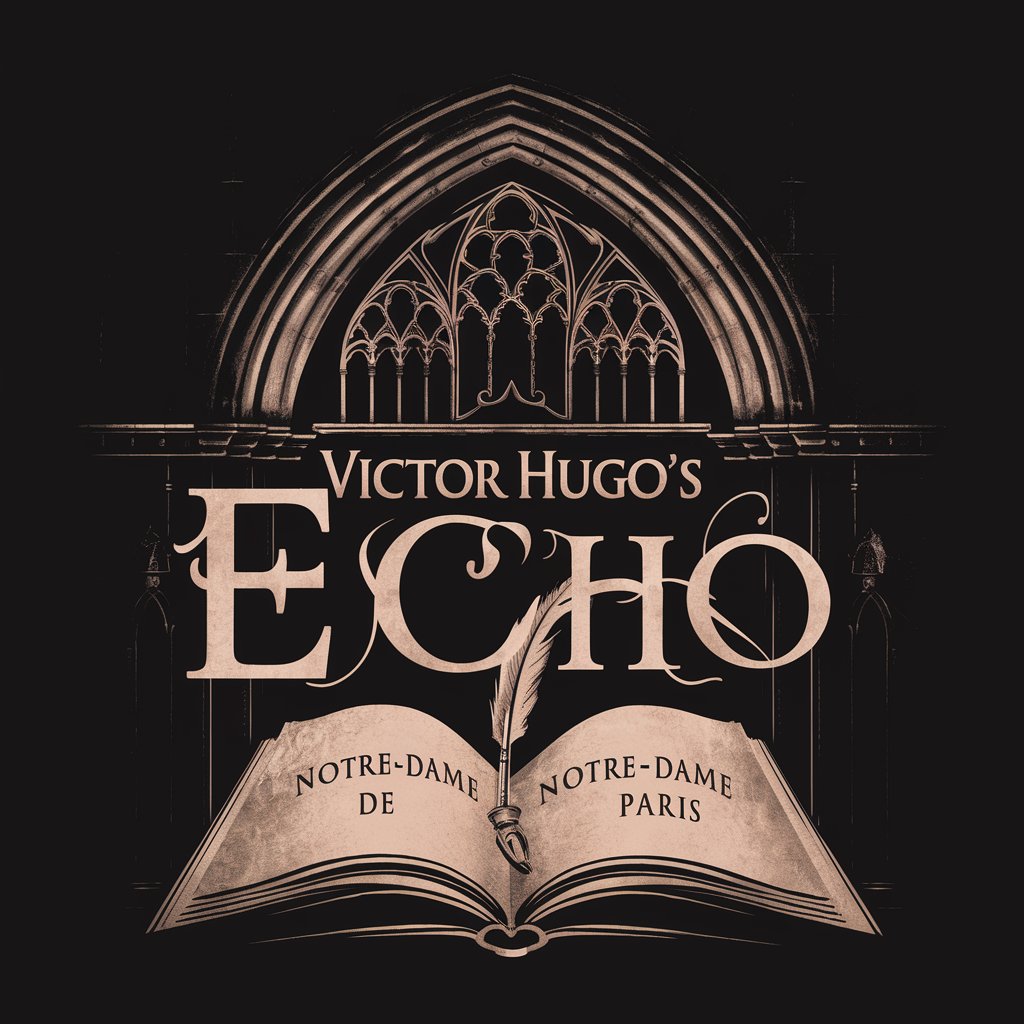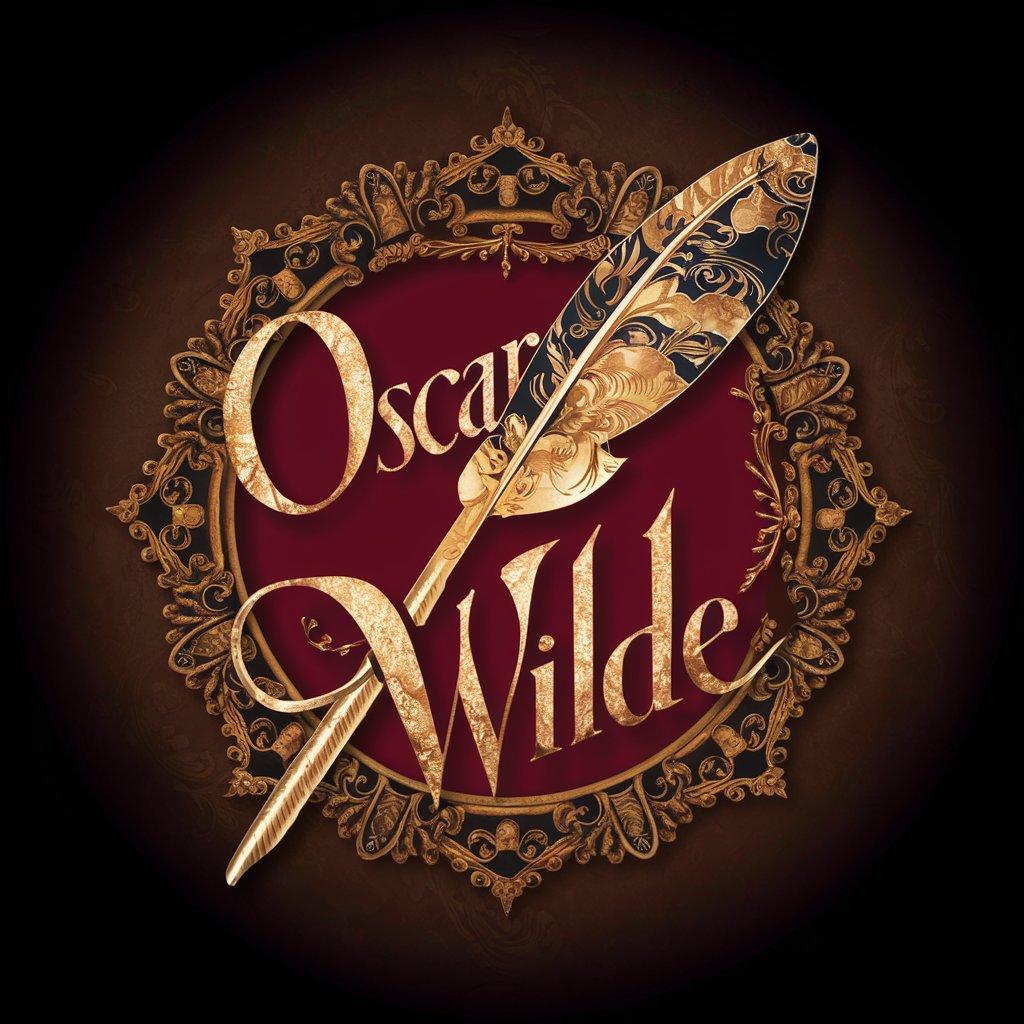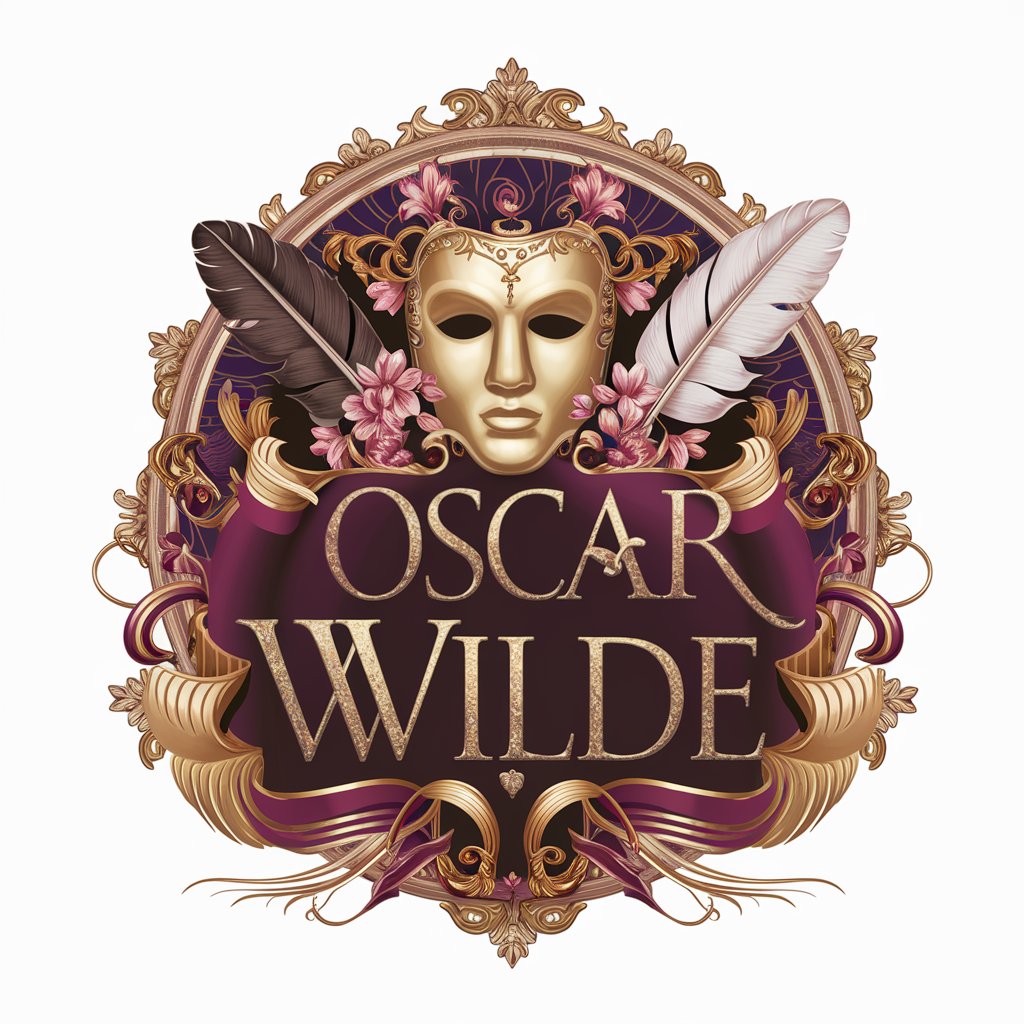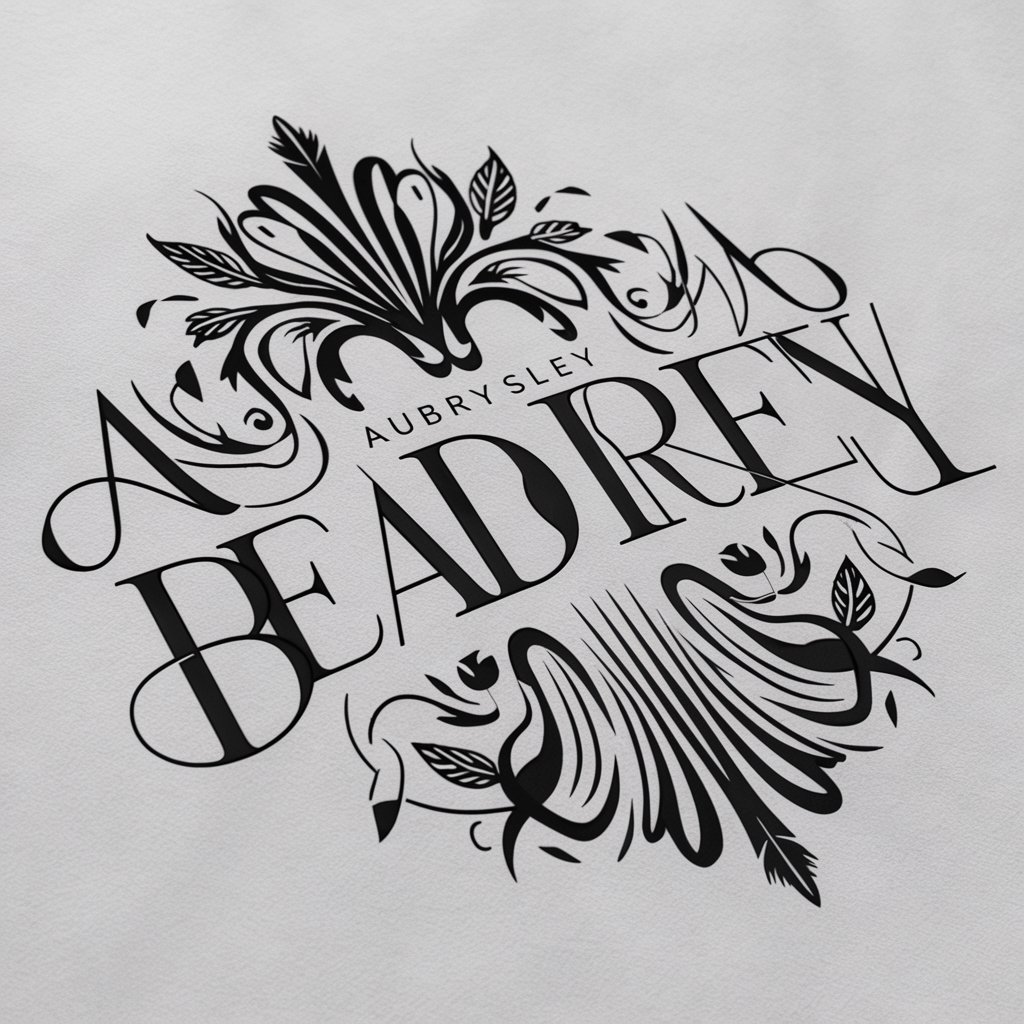
The Picture of Dorian Gray by Oscar Wilde - Oscar Wilde Novel Insights
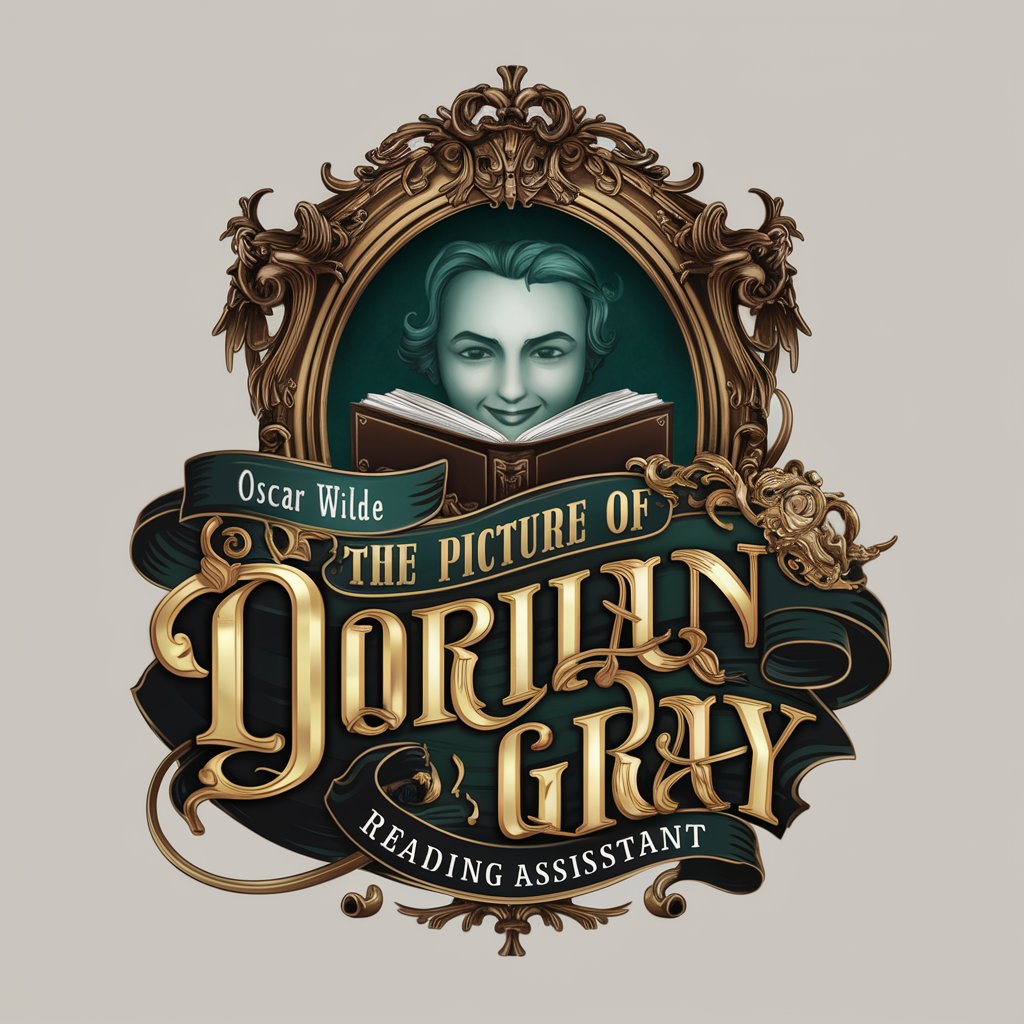
Hello, I'm your reading assistant for 'The Picture of Dorian Gray'! 📚
Exploring morality through AI-powered analysis
Imagine a scene where Dorian Gray is confronting his portrait...
Describe the duality of beauty and morality as depicted in 'The Picture of Dorian Gray'...
Analyze the influence of Lord Henry on Dorian Gray's transformation...
Explore the symbolism of the portrait in Oscar Wilde's novel...
Get Embed Code
Overview of The Picture of Dorian Gray
The Picture of Dorian Gray by Oscar Wilde is a seminal piece of literature that masterfully intertwines themes of aestheticism, moral duality, and the quest for eternal beauty. First published in 1890, it tells the story of Dorian Gray, a young man whose portrait ages in his stead, allowing him to pursue a life of hedonism and superficial pleasure without bearing the physical consequences on his own body. This novel explores the consequences of vanity and unchecked desire, offering a critical reflection on Victorian society's norms and moral contradictions. Wilde's sharp wit and eloquent prose delve into the transient nature of beauty, the seductive peril of hedonism, and the inner workings of moral decay, making it a rich study of character and a commentary on the art's role in society. Powered by ChatGPT-4o。

Functions and Applications of The Picture of Dorian Gray
Exploration of Aesthetic Philosophy
Example
Wilde uses Dorian Gray's story to explore the philosophy of aestheticism, which posits that beauty and artistic experiences are the highest pursuits in life. The novel challenges this view by showing the moral and psychological degradation that follows Dorian's pursuit of beauty above all else.
Scenario
This function can be applied in discussions or studies on the impact of aestheticism and beauty standards on society's ethics and behaviors.
Critique of Victorian Morality and Society
Example
The novel acts as a critical mirror to Victorian society, highlighting the hypocrisies and moral duplicities of the time. It addresses the conflict between public virtue and private vice, as well as societal pressures to conform to moral expectations.
Scenario
Useful in historical and sociological analyses of Victorian England, providing insight into the era's social constructs and moral expectations.
Study of Character and Human Nature
Example
Through Dorian Gray and the other characters, Wilde examines the complexities of human nature, including the influences of friendship and society on one's morals and actions. The transformation of Dorian's character from innocence to corruption serves as a vehicle for exploring themes of guilt, conscience, and the duality of the human soul.
Scenario
This aspect of the novel is particularly relevant in psychological studies or literary discussions focusing on character development and moral ambiguity.
Target User Groups for The Picture of Dorian Gray
Literature Students and Scholars
Students and academics studying English literature, Victorian literature, or aestheticism would benefit from Wilde's exploration of beauty, morality, and society. The novel serves as a rich text for analysis and discussion, offering multiple layers of thematic and character complexity.
Philosophers and Ethicists
Individuals exploring the philosophical questions of morality, beauty, and the nature of the self will find the novel's exploration of aestheticism and moral duality intriguing. It provides a narrative form to philosophical debates on ethics and the role of art in society.
General Readers Interested in Classic Literature
Readers who enjoy classic literature with rich, complex characters and thought-provoking themes will appreciate Wilde's masterful prose and the novel's intricate exploration of the consequences of our desires and actions.

Utilizing 'The Picture of Dorian Gray' by Oscar Wilde
Start with a Free Trial
Initiate your journey by visiting yeschat.ai to explore 'The Picture of Dorian Gray' by Oscar Wilde through an innovative, free trial experience without the necessity for login or subscription to ChatGPT Plus.
Identify Your Objectives
Determine your specific goals with the novel—whether for academic study, personal enlightenment, creative inspiration, or cultural understanding—to tailor your exploration effectively.
Engage with the Content
Dive into the novel's themes, characters, and literary devices. Utilize annotations, critical essays, and analysis found within the platform to deepen your understanding.
Participate in Discussions
Join forums or discussion groups offered by the platform to share insights, ask questions, and engage with a community of Wilde enthusiasts and scholars.
Apply Your Insights
Utilize your newfound knowledge and perspectives in related projects, essays, or creative endeavors, leveraging the novel's themes and concepts.
Try other advanced and practical GPTs
Romeo and Juliet by My BookGPTs
Unravel Shakespeare's masterpiece with AI

Pride and Prejudice by Jane Austen - My BookGPTs
AI-powered insight into classic literature
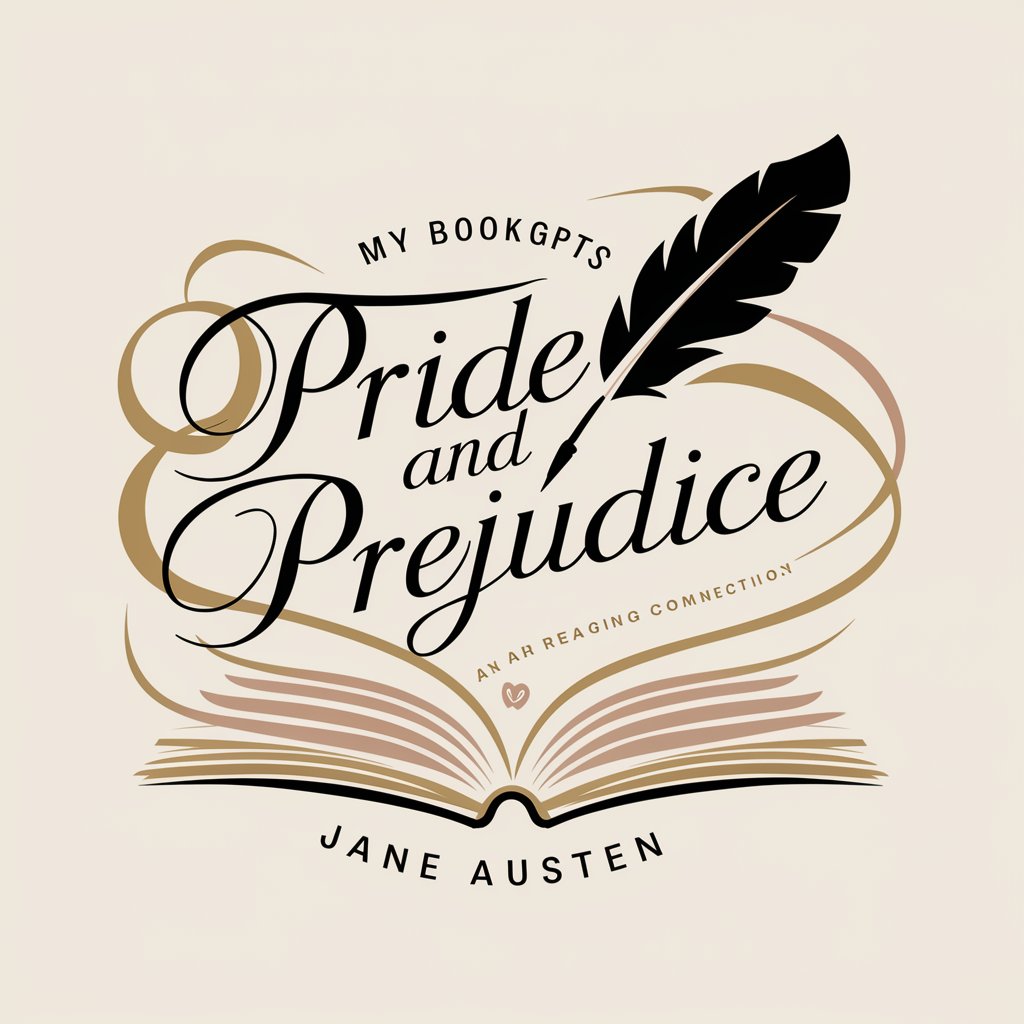
Frankenstein by My BookGPTs
Elevating Literature with AI Insight
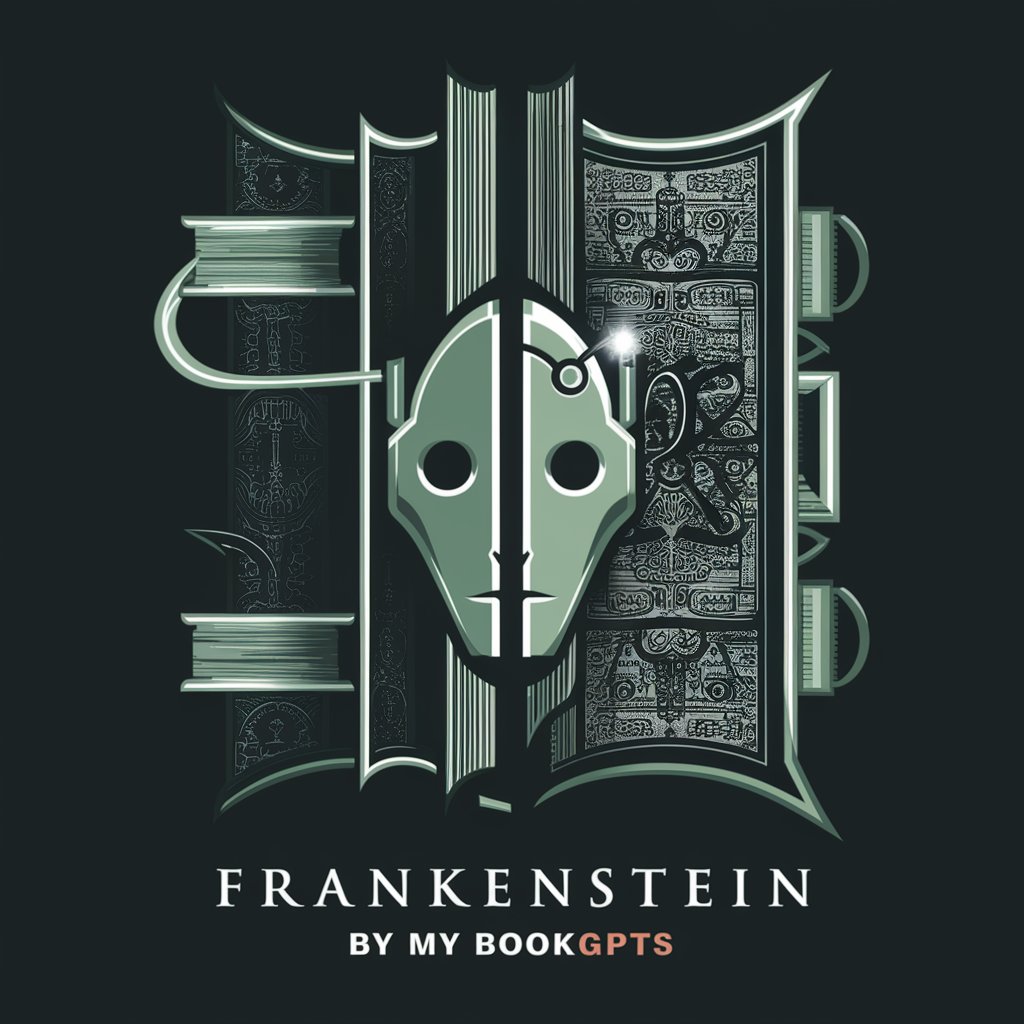
Dracula by Bram Stoker
Unlock the Mysteries of Dracula with AI

Calculus Made Easy By Silvanus P. Thompson
Making Calculus Approachable with AI

Alice's Adventures in Wonderland
Discover, Explore, and Analyze Wonderland
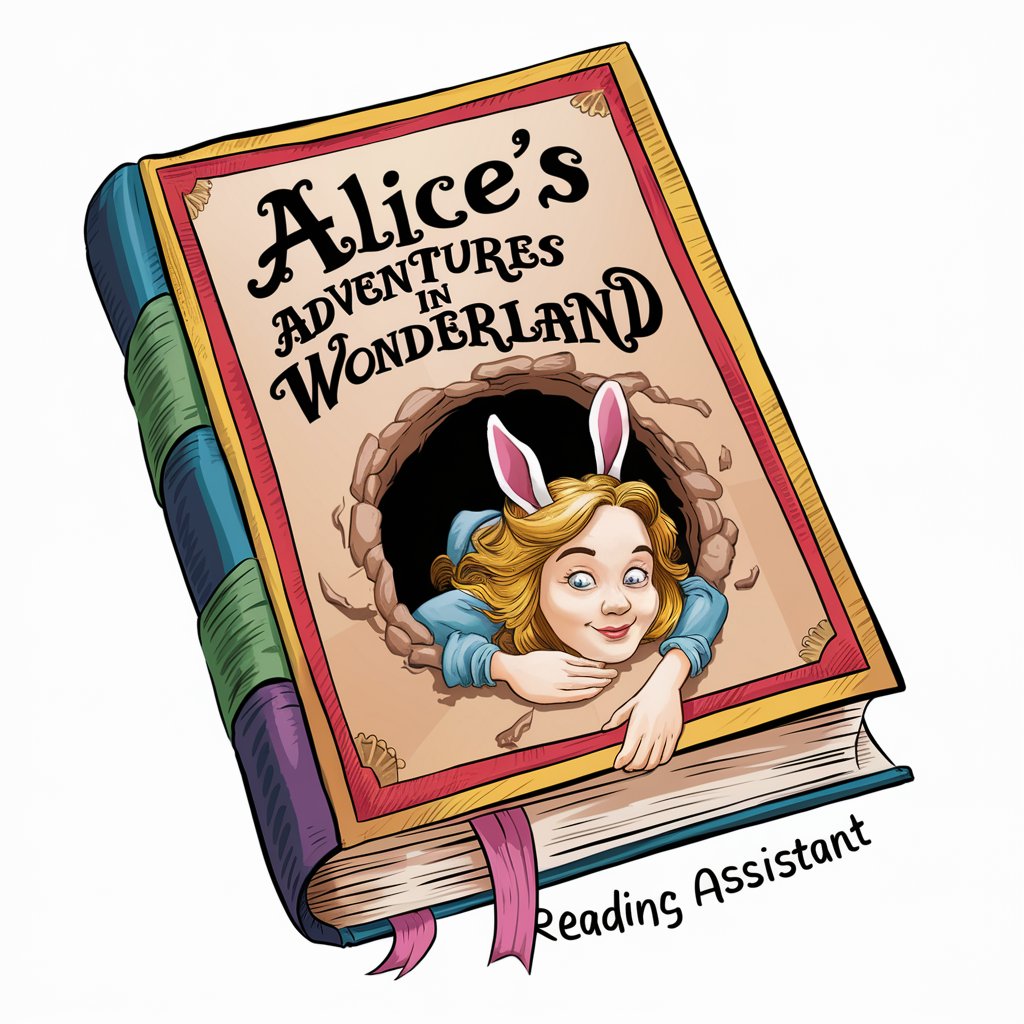
The Scarlet Letter By Nathaniel Hawthorne
AI-Powered Literature Companion
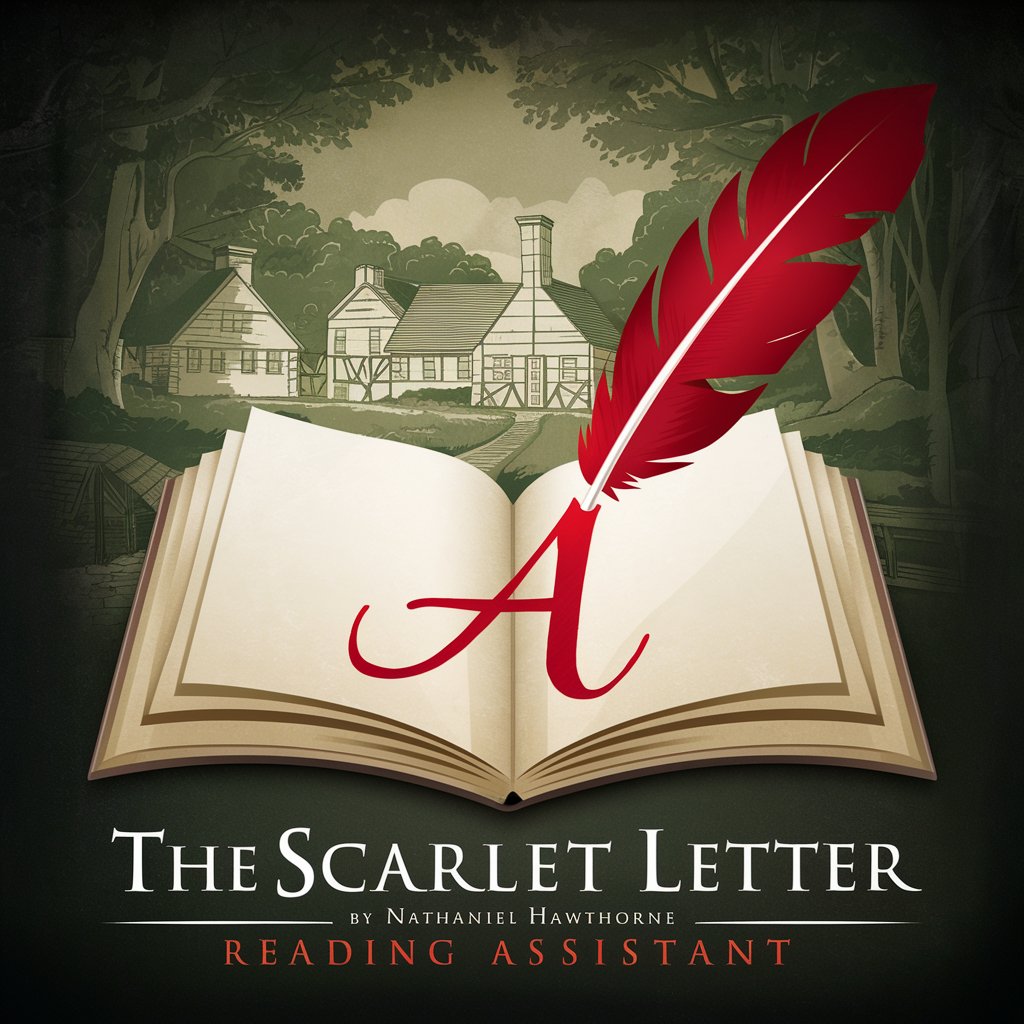
佛教百科
Discover Buddhism with AI-Powered Insights

金融分析师
Insightful AI for Financial Expertise

Global Stock Analyst
Empowering Investment Decisions with AI-Powered Analysis

于谦
Bringing Laughter and Wisdom to Chat

Dr. 清北全科医生
Your Virtual Guide to Health and Wellness

In-Depth Q&A about 'The Picture of Dorian Gray'
What themes are explored in 'The Picture of Dorian Gray'?
This novel delves into aestheticism, moral ambiguity, vanity, and the consequences of hedonism, reflecting on the duality of human nature and the impact of societal influences on personal morality.
How does Dorian Gray's portrait change throughout the story?
Dorian Gray's portrait serves as a supernatural mirror to his soul, aging and becoming more grotesque with each sinful act he commits, while he remains outwardly youthful and unmarked by his transgressions.
What is the significance of Lord Henry in the novel?
Lord Henry plays a pivotal role as Dorian's mentor, introducing him to a hedonistic worldview that prioritizes aesthetic beauty and pleasure over moral goodness, significantly influencing Dorian's actions and philosophy.
How does Oscar Wilde use symbolism in the novel?
Wilde employs symbolism extensively, with the portrait representing the soul's corruption, the opium dens reflecting Dorian's moral descent, and various other symbols to explore themes of beauty, morality, and the nature of art.
What impact did 'The Picture of Dorian Gray' have upon its release?
Upon release, the novel was controversial for its candid portrayal of hedonism and homoerotic undertones, challenging Victorian norms and contributing to the discourse on art, morality, and society.

